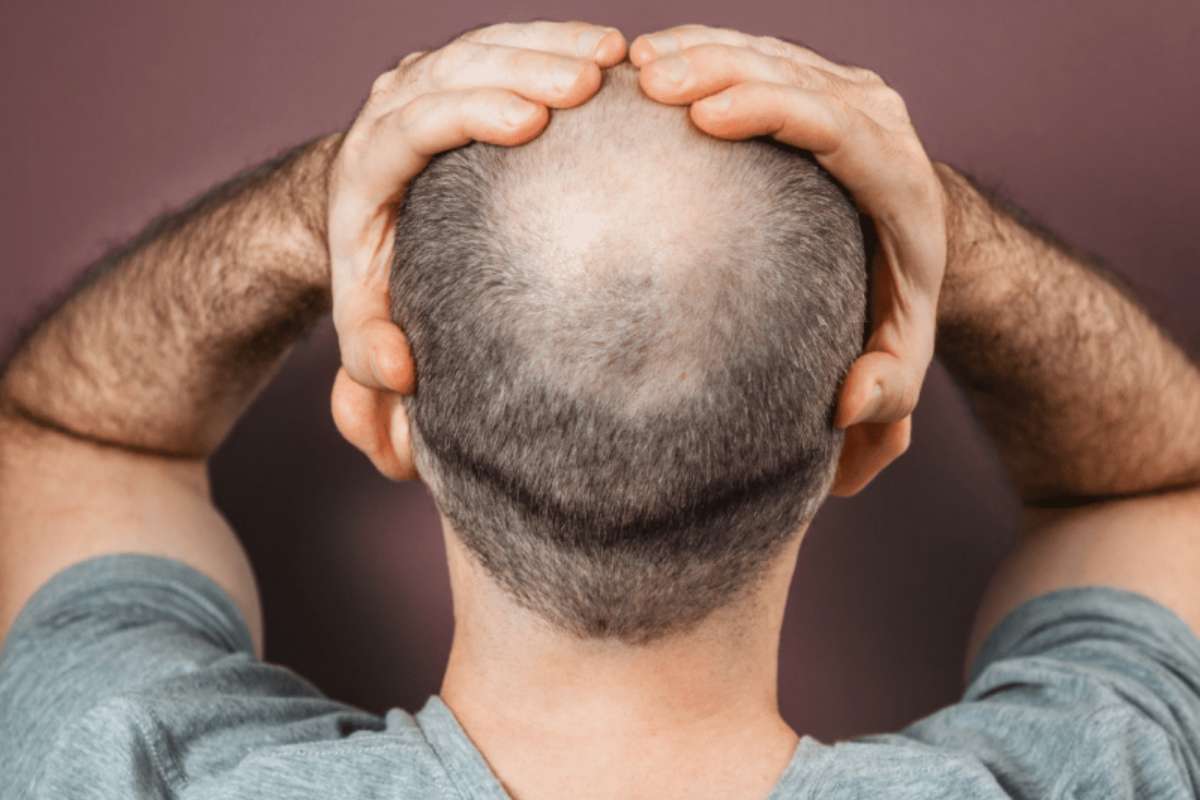Technological advancements are being made every day in the field of medicine, but the public oftentimes doesn’t hear about them due to the complexity of the scientific process or quite frankly, the sometimes inconsequential nature of the results. As you might expect, not everything gains the attention for splashy headline on the evening news. New treatments for life threatening illness like diabetes and cancer are always popular and render public interest but so does the promise of a cure for baldness.
There’s a term used in medical science: Bench to Bedside. This describes the process of research performed in the lab (or bench) that makes it to actual patient care (or bedside). This pathway is long and laborious and filled with casualties of research that never makes it to the light of day. Discoveries that seemed promising often don’t come to fruition as real human treatments.
It could even be seen as irresponsible to announce every small medical breakthrough performed in a lab to the general public as most of them turn out to be insignificant in terms of human health. As scientists and doctors continue their research in the lab, they must first prove that these ideas actually work rather than just being theories.
In order for them to test these ideas and theories, they will often start on cell cultures, then test them on mice and other animals long before these tests can be performed on humans. Because of this, announcing a medical discovery to the public based only on animal testing could give people false hope or even cause people to distrust science when they never hear about it again, or if the theory breaks down when carried over to humans.
What does this have to do with hair loss you might ask? Well, a recent discovery regarding a molecule known as SCUBE3 was announced that showed early signs of helping those with hair loss but where is it in the path from bench to bedside?
What is the SCUBE3 Molecule?
SCUBE3 is a signaling molecule that scientists think could help with hair regrowth. This molecule, which is produced naturally in dermal papilla cells (cells located at the bottom of the hair follicle), tells neighboring hair stems cells to start dividing, which stimulates new hair growth.
It was only recently discovered that this molecule could help in reversing the effects of androgenetic alopecia.
How Does SCUBE3 Help With Hair Loss?
Since the SCUBE3 molecule tells neighboring hair stem cells to start dividing, it was thought that doctors and scientists could use this molecule to help stimulate dormant cells thus helping new hair to grow.
The dermal papilla cells in the hair follicles of people suffering from androgenetic alopecia have malfunctioned, which is part of what causes hair to stop growing. Dermal papilla cells need to be active in order to help with the chemical reaction that helps your hair continue to grow.
Researchers were able to inject SCUBE3 molecules into the skin of a mouse which had human hairs transplanted into it. They were then able to monitor and record new human hair growth (as well as new mouse hair) around the injection area.
As we stated above, while these tests do try to replicate results that would be found in human trials, they don’t always fully transfer over. This experiment successfully regrew human hair on the back of a mouse, but that doesn’t mean that it will do the exact same thing in an actual human being, so more studies will need to be done. Another important criterion for any hair growth therapy is not only can it grow a new hair, but can it sustain and repeat that process after a hair has shed. Hair growth is a continuous process of growing and shedding so the signals from any useful therapy need to be continuous in order to repeat themselves over and over while maintaining the hair cycle.
What Does This Mean for Hair Loss?
Regardless of not being performed on an actual human being, these recent tests show the ability for SCUBE3 to help stimulate human hair cells in growing new hair. This potentially means that new treatments could be developed to help regrow hair in those people suffering from androgenetic alopecia (otherwise known as male pattern baldness).
This is very promising considering finasteride and minoxidil are two of the only FDA approved medicinal treatments for androgenetic alopecia. Adding another weapon to our arsenal to help with hair loss is always a plus.
We will be keeping an eye on studies related to the SCUBE3 molecule and hair growth, but unfortunately the wheels of research move slowly. In the meantime, if you’re looking for help with your hair loss, or have questions about hair transplants, please contact us today at the Limmer Hair Transplant Center in San Antonio, TX.







